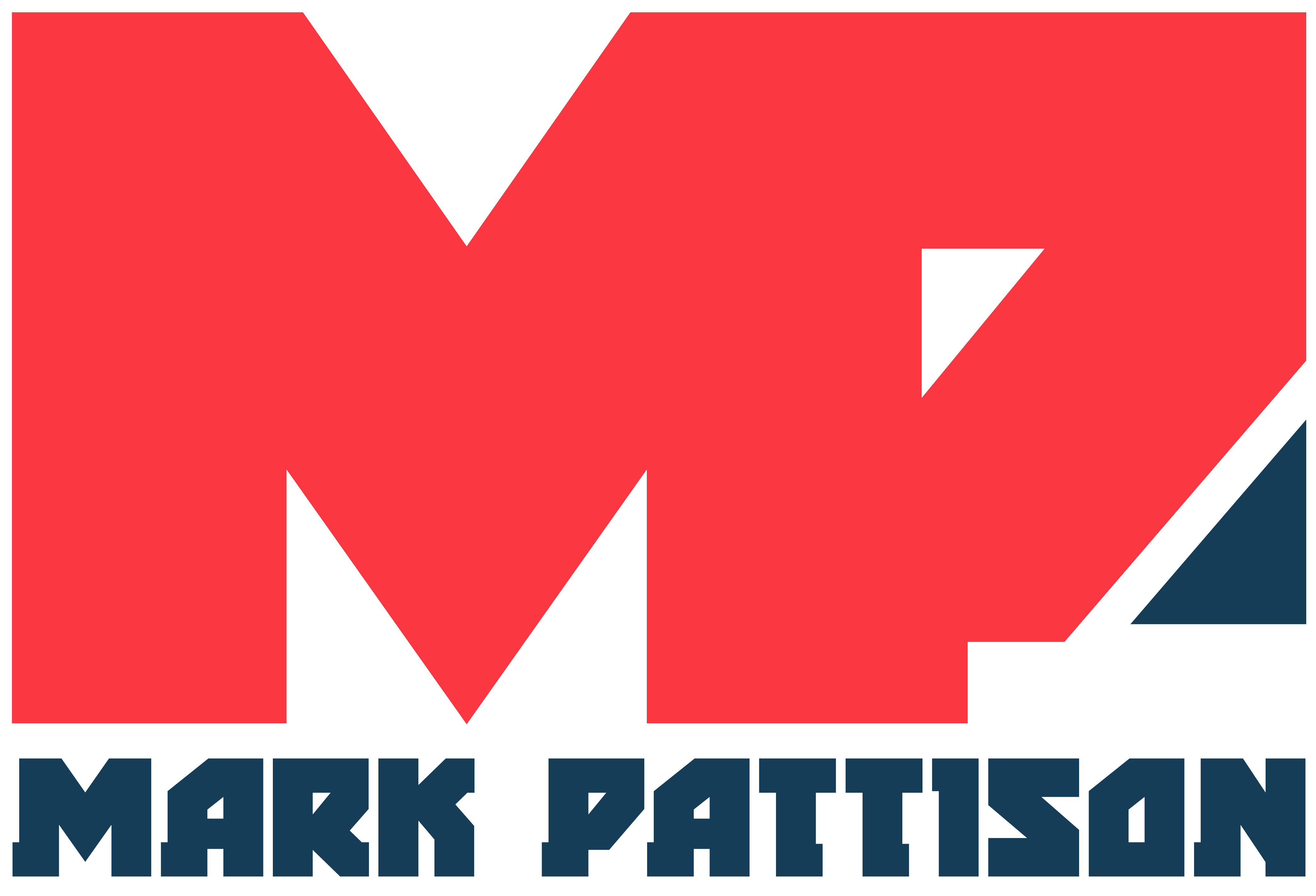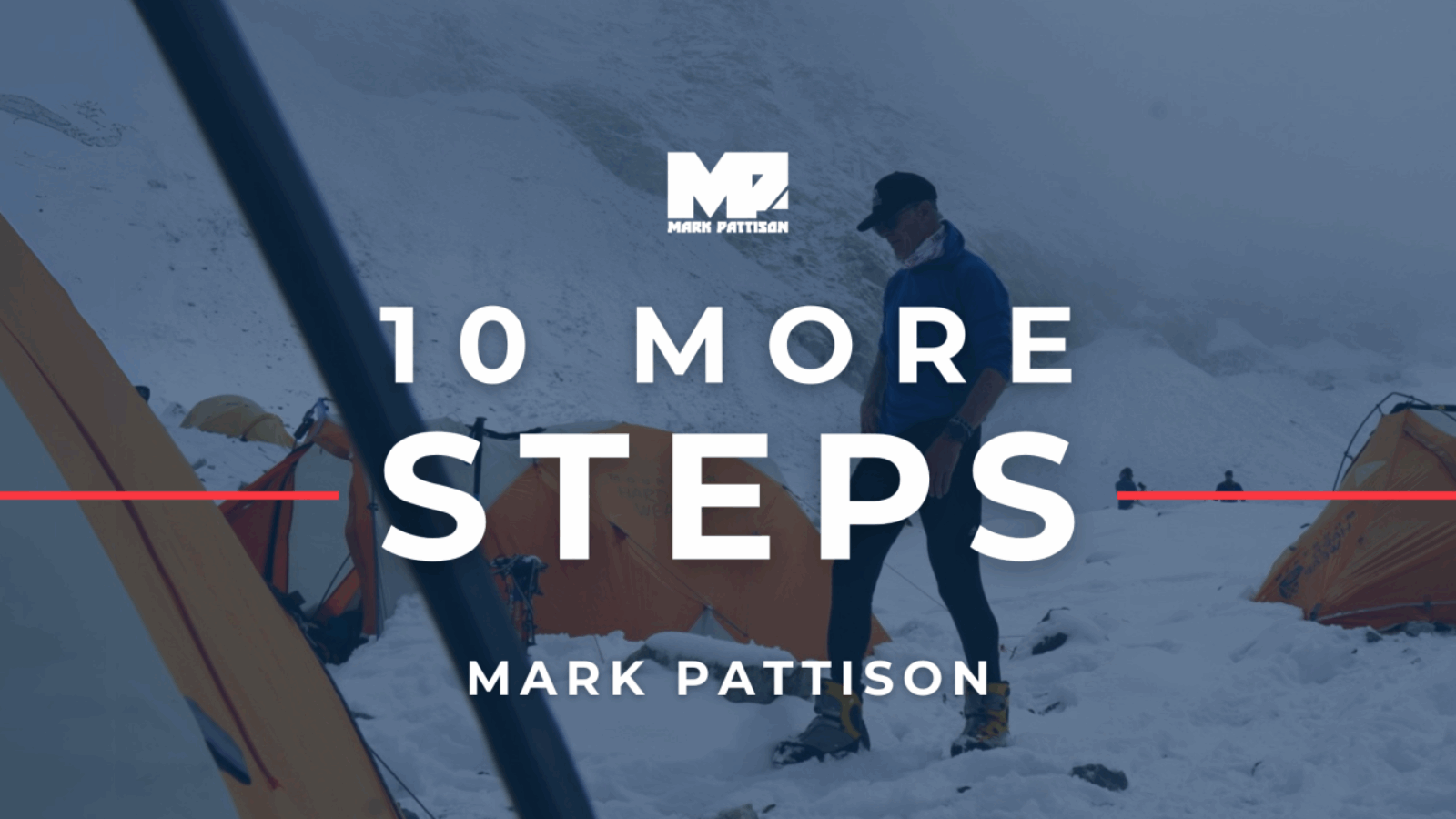High-stakes situations have a way of testing everything you’ve got.
I’ve faced these moments countless times—from playing in the NFL,
running businesses, to climbing some of the world’s tallest peaks.
In every one of these arenas, one thing became clear:
Success isn’t just about talent, luck, or timing.
It’s about how you approach problems when the stakes are high.
When my NFL career ended, I had no idea what came next. I was lost.
I took a huge leap into the business world—building a company from scratch,
learning on the fly, and putting everything into making it work.
Then, things fell apart. Fast.
The business collapsed. My confidence shattered. But I wasn’t done.
I had to get back up and solve problems like never before—at work and in my personal life.
And that’s when I learned that high-stakes problem-solving isn’t just about the answers—
it’s about how you approach the process.
Here’s what I’ve learned about mastering high-stakes problem solving in my own life,
and how you can apply it to yours.

10 Steps to Mastering High-Stakes Problem Solving
- Embrace the Pressure. High-stakes situations will make you feel the weight. Instead of shying away, lean into it. The pressure will sharpen your focus.
- Stay Calm, Stay Clear. In a crisis, panic leads to poor decisions. Stay calm, breathe, and separate emotion from logic. Your mind needs clarity to solve problems.
- Assess the Situation Objectively. Before jumping to conclusions, assess all aspects of the problem. Gather the facts, and look at things from every angle.
- Focus on What You Can Control. You can’t control everything in high-stakes situations, but you can control your response. Focus on what’s in your power, and take action.
- Break It Down into Bite-Sized Pieces. Big problems can feel overwhelming. Break them down into smaller, manageable steps and tackle them one at a time.
- Draw from Past Lessons. Leverage past experiences and failures as lessons. What have you learned from earlier challenges that can help you navigate the current one?
- Trust Your Gut, But Verify. Sometimes the right answer feels like it’s right in front of you. Trust your instincts, but also verify and validate your assumptions.
- Adapt to the Situation. High-stakes problems don’t always go according to plan. Stay flexible and be ready to change your approach when necessary.
- Build a Support System. Surround yourself with problem-solvers. Collaborate with others who can bring fresh perspectives and expertise to the table.
- Keep Moving Forward. Don’t let one setback stop your momentum. Keep solving, keep moving, and you’ll find a way to push through.

The WYE Challenge
This week, pick a current high-stakes problem in your life and apply the steps above.
Break it down into smaller actions, and take the first step today.
The Next Step Toolkit
Book Recommendation: The Lean Startup by Eric Ries
Learn how to approach challenges with a lean mindset—optimizing for speed,
learning, and adaptation.
You don’t need all the answers to solve big problems.
You just need the right mindset and the courage to take the first step.
Let’s keep climbing, one solution at a time.
Best,
Mark

